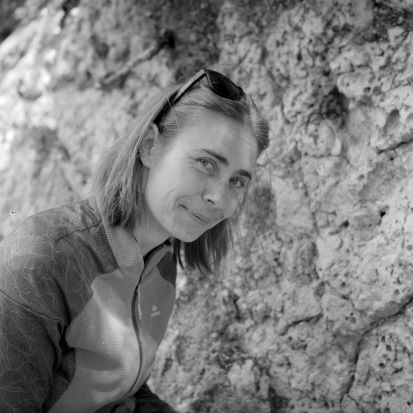des géosciences de l’environnement
- Le CEREGE
-
-
Le CEREGE
Centre de Recherche et d’enseignement multidisciplinaire international, pôle d’excellence par ses atouts humain et techniques, le CEREGE couvre la quasi totalité des Géosciences de l’Environnement.
-
-
- Sciences
-
-
Sciences
En s’alliant à d’autres grandes structures de recherche nationales, internationales, aux acteurs industriels et technologiques, le CEREGE est aujourd’hui un pôle d’excellence dans le domaine des Géosciences.
-
-
- Équipements
-
-
Équipements
Le CEREGE met à la disposition de la communauté scientifique académique et industrielle un éventail de ressources de hautes technologies.
-
-
- Formation
-
-
Formation
Les enseignements du CEREGE couvrent l’ensemble du spectre des formations en sciences de la Terre et environnement, depuis le 1er cycle jusqu’aux formations doctorales.
-
-
- Communication
-
-
Communication
Le CEREGE, par la diffusion qu’il fait de sa communication scientifique, tend à établir un dialogue permanent entre les sciences, la recherche et l’ensemble de la population, notamment les plus jeunes.
-
-
- Vous êtes ?
- Annuaire
- Intranet


